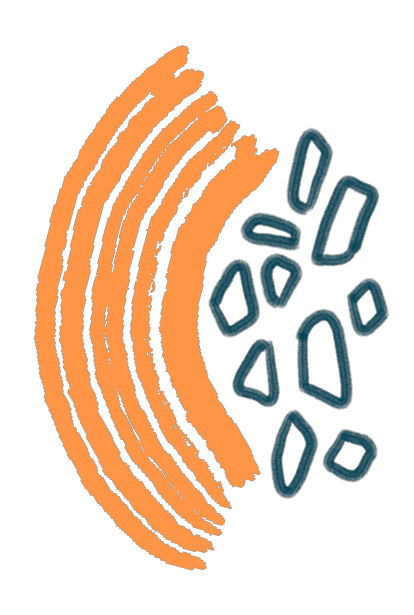Now, more than ever, we live in a globally connected world. Thanks to technology, progress and collaboration opportunities feel limitless. Language barriers don’t even exist anymore, with the services of professional translations available. Translation services are utilized in every area of the medical field. From medical devices to clinical trials. The translation of medical patents is yet another area of the medical field that translators touch.
What are medical patents?
Traditionally, a patent is a legal instrument that gives the patent holder exclusive rights for making, selling, or offering to sell the subject matter that the patent “claims.” More specifically, medical patents may relate to pharmaceuticals. This can include the methods of making and using them. As well as medical treatment regimens, surgical procedures, medical devices, and health care information technology.
What is the purpose of medical patents?

The primary goal of a medical patent, or any patent, is to provide a unique marketing advantage to the inventor. Another goal is to limit the usability of any aspect of the subject matter of the patent for a set amount of time. This assists the patentee in restricting their competition. The patent can stop competitors from making, using, or selling the item or process outlined in the patent. These protections help the patent filer maintain their invention’s value.
You may be wondering who utilizes medical patents. Biotech companies, physicians, and universities are some of the most common to do so. Medical patents allow them to protect their inventions from their competition temporarily. The patentee can take advantage of this time period to generate revenue. Which will ideally help make up for any incurred research and development costs.
There is another great benefit to medical patents. One consumer can appreciate as much as creators. After receiving a New Drug Application (NDA) the Food and Drug Administration tests any medical product applicants for safety and effectiveness. This is a rigorous approval process that requires clinical trials and compliance with an extensive approval process. This can be an expensive step of the process but is a necessary one.
The translation of medical patents

You can file an international patent application in many languages, as long as the receiving office accepts that language. If you choose to file your application in a language that the International Searching Authority (ISA) does not accept, you must provide the ISA with a translation of the application. The ISA is one of the world’s major patent offices and it identifies published patent documents and technical literature that can influence if your invention is patentable. If your chosen language is not available for consideration, you always have the option of submitting your patent in Arabic, Chinese, English, French, German, Japanese, Korean, Portuguese, Russian, and Spanish. These languages are official “publication languages”. And all receiving offices must accept these languages. This is the step in the process in which you may require the translation of medical patents.
The cost of medical patents
The cost of filing a patent may be one of the biggest challenges you’ll face. And the translation of medical patents will incur an additional cost. If you’re filing your patent in multiple countries, this cost can mount as each country will have its own set of fees. Not to mention, the inventor may have to hire translation services to translate the patent into different languages for different countries they file in. Between filing fees, translation costs, and paying a patent lawyer, filing can cost anywhere from $2,000 to more than $20,000. These costs feel steep, but they protect both the creator of the invention and the consumers who will be using it.
The security you receive from medical patents, and the translation of medical patents, is undeniable. By filing your patent in multiple countries, you protect your invention in those regions. Because the wording of a patent certificate is very complex, it is important to work with a highly skilled translator and a subject matter expert. You want to ensure the specific terminology and details of the patent are understood properly. If the quality of translation is low, you risk dire legal and financial consequences. Errors in translation can result in the ineligibility of the patent in some markets. Investing in quality translation services will help protect your invention and your finances.









